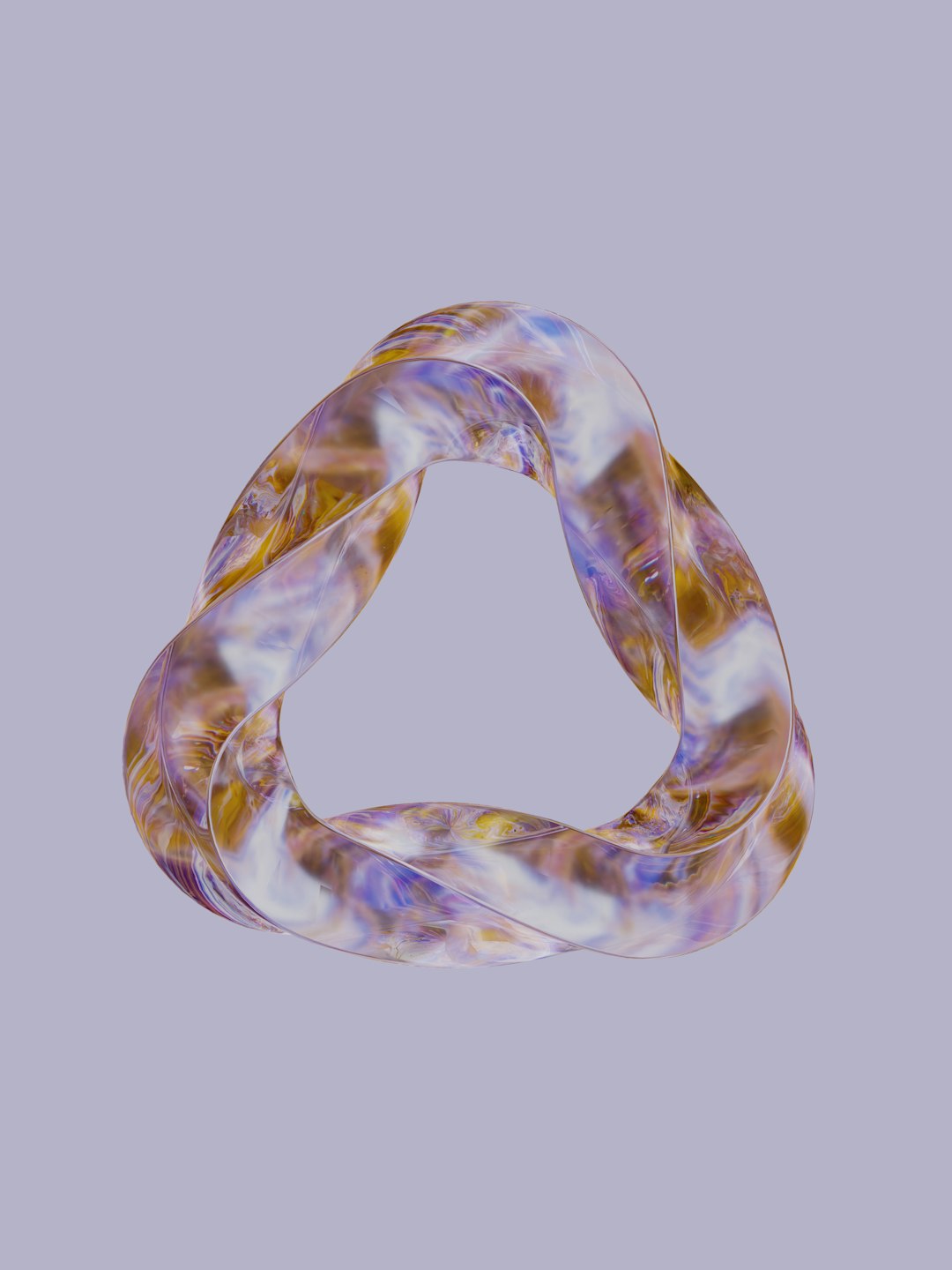“`html
Luma AI is a powerful tool that allows users to create high-quality 3D models from images or videos using artificial intelligence. Whether you are a developer, designer, or hobbyist, understanding how to use Luma AI properly can significantly enhance your 3D modeling projects. With a streamlined process and AI-driven automation, this tool simplifies photorealistic 3D capture while maintaining excellent detail and accuracy.
Getting Started with Luma AI
To begin using Luma AI effectively, users should follow a structured approach. Here are the key steps to get started:
- Create an Account: Sign up on the Luma AI website. Some features may require subscription-based access.
- Prepare Your Object: Choose an object or scene you want to model. Ensure proper lighting and minimal background distractions for the best quality.
- Capture Using the App: Use the Luma AI app to capture images or video from multiple angles.
- Process the Data: Upload the captured media and let the AI algorithm generate the 3D model.
- Export or Share: Once processed, download your model in various formats or share it online.
Tips for High-Quality 3D Captures
For the best possible results when creating 3D assets, consider the following best practices:
- Ensure Good Lighting: Avoid dark environments or overexposed areas to ensure all details are captured accurately.
- Use a Steady Hand: Capture images smoothly by keeping your camera stable. A tripod or gimbal can be helpful.
- Capture from Multiple Angles: Walk around the object and shoot at various heights to ensure comprehensive coverage.
- Avoid Reflections and Transparency: Luma AI may struggle with glass or highly reflective surfaces.
- Use High-Resolution Video: The higher the quality of the input, the better the final 3D reconstruction.
[ai-img]3d modeling, photorealistic, capturing process[/ai-img]
Advanced Features and Customization
Luma AI offers several advanced options for users looking to refine and enhance their creations:
- Texture Refinement: Users can adjust texture resolution and lighting conditions for improved realism.
- Mesh Editing: Some models may require manual corrections to optimize the structure.
- Integration with Other Software: Luma AI exports models in formats compatible with popular 3D software like Blender, Unreal Engine, and Unity.
Common Issues and Troubleshooting
Even the best AI tools have limitations. Here are some frequent issues users encounter and how to fix them:
- Blurry Textures: Ensure the original images are sharp and taken under good lighting.
- Incomplete Models: Try capturing more angles and reducing motion while recording.
- Long Processing Times: This can be due to high-resolution inputs or server load. Patience is key.
[ai-img]texture quality, model refinement, error fixing[/ai-img]
Applications of Luma AI
The possibilities with Luma AI stretch beyond hobbyist 3D modeling. Industries utilizing Luma AI include:
- Game Development: Integrating photorealistic assets into game environments.
- Architecture & Real Estate: Creating virtual tours of spaces with precise details.
- E-commerce: Displaying 3D models of products for better customer visualization.
- Education & Research: Digitizing artifacts and objects for interactive learning.
FAQs
What devices are compatible with Luma AI?
The Luma AI app is compatible with modern iOS and Android devices. A web-based version is also available for certain functions.
Is Luma AI free to use?
Luma AI offers both free and paid plans. The free plan includes basic functionality, while the premium plan unlocks higher-resolution exports and additional features.
Can I edit my 3D model after processing?
Yes, users can refine textures and adjust the 3D mesh within Luma AI or export the model to other software for further editing.
What file formats does Luma AI support?
Models can be exported in formats like USDZ, OBJ, and GLTF, allowing integration with various 3D applications.
How long does it take to process a 3D model?
Processing times vary based on file size and server workload but typically range from a few minutes to an hour.
Can I share my 3D models?
Yes, Luma AI allows users to share their creations via cloud storage, social media, or embeddable links.
By following these guidelines, users can leverage Luma AI effectively to create stunning 3D assets while overcoming common challenges. Whether for personal projects or professional workflows, this tool offers a seamless experience for high-quality 3D reproduction.
“`

